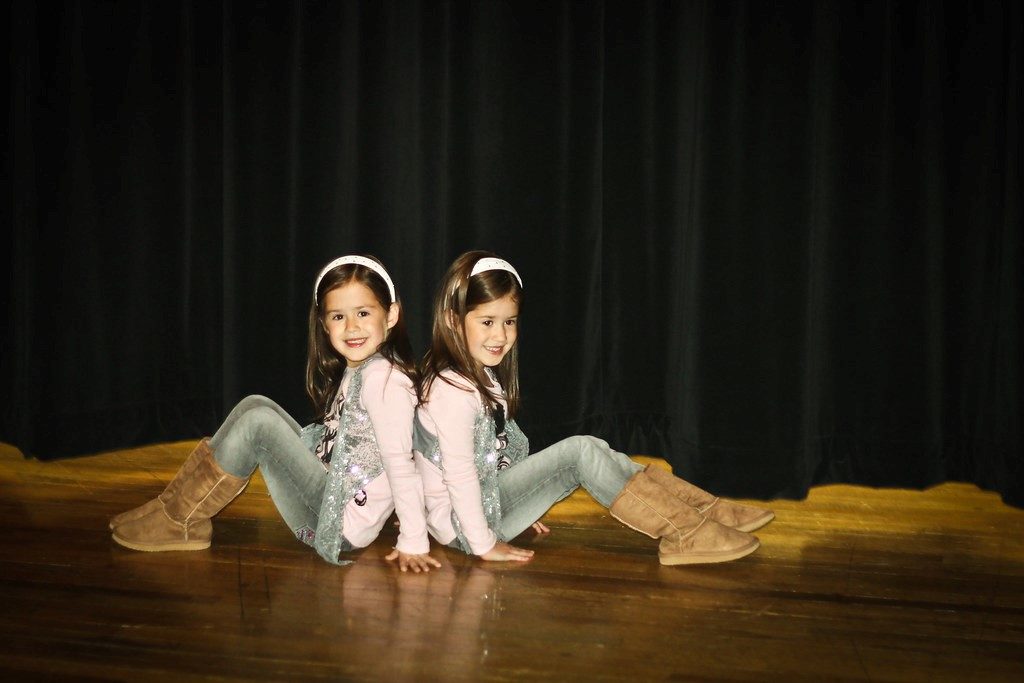Taking Preemptive Action to Preserve the Twin Bond

Parents, relatives, friends, and teachers all marvel at the empathic connection that many twin pairs exhibit. Even though they do fight and have intense moments of sibling rivalry, they often instantly rebound from conflict and turmoil by themselves. Play is resumed as if nothing happened. Their “twin synergy” enables the pairs to stay connected and engaged, ready to resume their regulating reciprocity.
However, as twins get older, their families begin to discern some changes in this seamless overaccommodating behavior. While many twin pairs enjoy this harmonious interchange throughout their adult lives, others begin to feel a tug to go in separate directions. Usually, one twin craves this experience more than the other, yet she is emotionally unable to articulate her needs, especially if her feelings threaten her connection to the person she loves most in the world.
Parents can stay alert to expectable maturational cracks in the twin connection and deftly use these circumstances to help each twin find her individual path. While this is a sensitive and delicate process, it can be safely navigated if understood. For example, a mom of ten-year-old identical twin girls recently told me that she sees the beginning of individuation in her daughters. Both play the flute, but one is a bit better and more motivated than her sister. Both are in an art class together, but one of the girls is a much more talented artist than her sister. Their mom thinks that the twin who is less artistically talented does not try to advance because she does not want to compete with her sister. Thus, she lingers at a comfortable level that involves no challenge or growth. She does not seem unhappy that she is not excelling like her sister. Clearly, this urge to maintain an equilibrium between the sisters is operating outside of her awareness. While this dynamic is normal at this age, the twins’ relationship in adolescence might be a different story.
Their mother and I discussed what she can do in this situation. We agreed that she should not leave the decision making up to the girls because they are unaware of their overaccommodating behaviors. The mom also thought that explaining the dynamic to her daughters would be inadvisable at this emotional juncture. So, she decided to put the twin who is less interested in art into a robotics class when the art class ends. This daughter loves to put things together and pull them apart, so robotics should better reflect her interests and talents.
A similar situation can occur with twins who play the same sport. Another parent shared with me that one of his sons is a bit more skilled than his brother in their shared sport. The coach has talked with the father about putting the more skilled twin on a higher-level team. The dad, of course, is torn about what to do. This is a tough decision to wrestle with because one twin will be left behind on another team. As my readers know, I value the importance of resiliency and advocate for teaching twins that life is not fair and that multiples are not equal. I mentioned to this father that another twin patient shared with me how cheated and enraged she felt when her soccer coach refused to place her on a varsity team because her sister did not qualify. The coach felt uncomfortable making a decision that would cause their paths to diverge.
Staying aware of and sensitive to the fact that an overaccommodating connection can become burdensome and unhealthy as twins mature is an important parental undertaking when raising multiples.
Image courtesy of Miss Wetzel’s Art Class (CC BY-SA 2.0)

